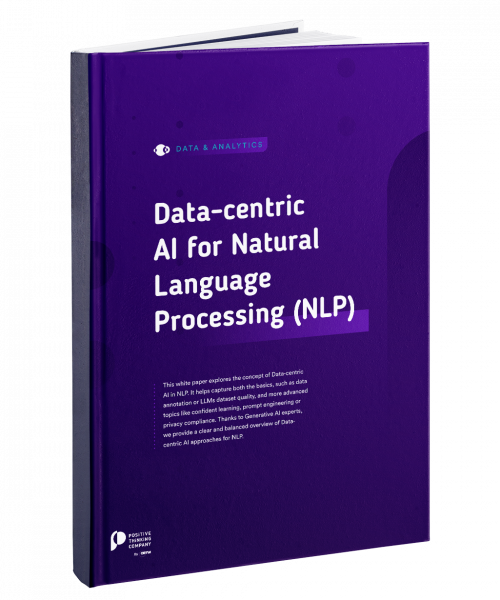Since you’ve got your Core certification, are you ready to take on the Advanced Designer certification? The exam takes place online again, over a two-hour test, and you will still need to achieve a score of eighty percent correct answers to obtain your Alteryx Certified badge.
But this time, it’s no longer just a showcase of your theoretical knowledge related to the main features of Alteryx Designer: the forty questions and four exercises that compose the exam are designed to assess your practical mastery of the tools and the skills required to handle a complex data analytics project.
What does the test contain?
This test aims to determine the candidate’s ability to define which tool is the right one for a given task, and then how best to implement it. It therefore covers the major families of tools integrated into Alteryx: data preparation and transformation, report generation, spatial analysis, interface controls, creation of macros adapted to the current scenario, etc. The exam also integrates the use of the Alteryx Gallery.
How does the exam go?
You will have to answer forty theoretical questions, graded on one point, then complete four practical exercises graded on ten points. The one-point questions assess your ability to select the right tools and use them in a relevant way, sometimes through a small exercise. The ten-point questions ask you to develop an analysis scenario and build the appropriate workflow in about ten minutes.
How to properly prepare yourself?
The Alteryx documentation sums up all the notions related to tools, macros and workflows. Most of the theoretical questions refer to information available there. You should therefore bookmark this page when you take the exam. Also make sure you have installed and launched Alteryx: you will need the Text Input tool to process some datasets.

In which order should the questions be tackled?
The four practical exercises graded on ten points require time and it is better to do them first in order to have a comfortable margin of error for the theoretical questions. From my point of view, it is therefore interesting to start with them, in order to secure the corresponding points before moving on to the quicker questions.
Don’t get stuck on a question for too long: you can always come back to it at the end of the exam. And if you run out of time, still answer randomly. Wrong answers are not sanctioned, so you might take a chance!
What topics should be prioritized?
Most academic questions focus on macros, applications and tools for spatial analysis. These topics require in-depth revisions. Concerning the practical exercises, macros, spatial analytics, joints and transformations are the most common topics.
In general, practice is your best ally. It is therefore recommended to multiply the number of concrete exercises, ideally with the help of an experienced coach who will help you to work on your potential weaknesses in order to better focus on them!
Positive Thinking Company, Preferred Alteryx Partner, can support you and your teams, either for personalized training or in preparing for certifications. We will provide you with dedicated experts and coaches with proven experience in various Analytics projects.










